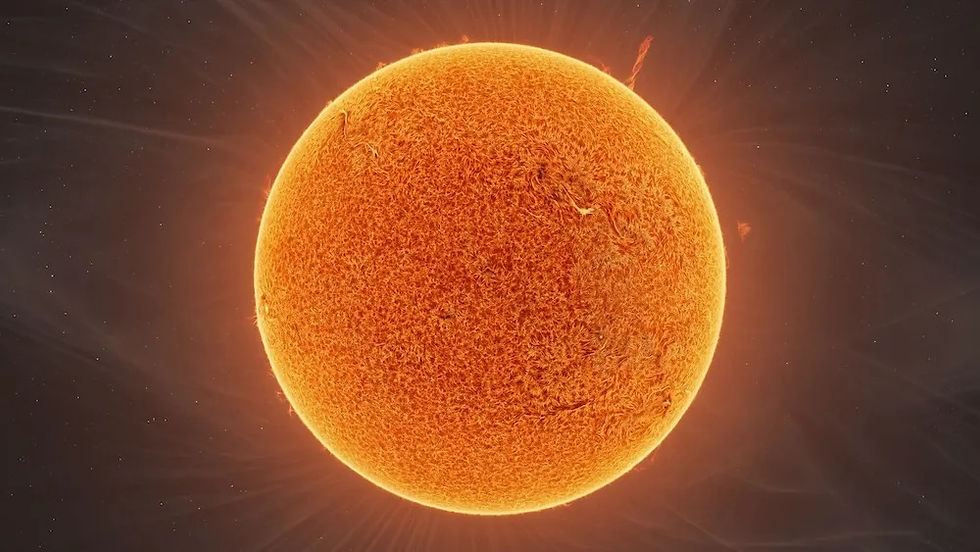JWST Confirms Its First Earth-Sized Exoplanet
- Max Nguyen
- Jan 30, 2023
- 1 min read
The new year began with an incredible milestone for the James Webb Space Telescope (JWST): the confirmation of its first exoplanet discovery, LHS 475 b. This rocky, Earth-sized planet orbits a red dwarf star just 41 light-years away in the constellation Octans, making it one of the more nearby worlds discovered so far. The planet’s detection demonstrates JWST’s unparalleled ability to study planets beyond our solar system with extraordinary precision.

What’s fascinating about LHS 475 b is its resemblance to Earth — at least in size. It’s only 1% larger than our planet, but that’s where the similarities end. Its orbit around its star is so tight that a year on LHS 475 b lasts only two days. As a result, surface temperatures are likely far too high to support life as we know it. However, what makes this discovery so exciting is the potential for JWST to study the planet’s atmosphere. Early observations are already underway to determine whether gases like carbon dioxide or methane are present, which could offer valuable clues about the planet’s composition and history.
This discovery is more than just a data point; it’s a glimpse into the future of exoplanet research. JWST’s ability to detect and analyze small, rocky planets like LHS 475 b brings us closer to answering some of humanity’s biggest questions: Are we alone? Could other planets harbor life? The thought of exploring worlds beyond our own solar system — worlds that JWST is just beginning to unveil — feels like the start of a new chapter in our understanding of the cosmos.



Comments